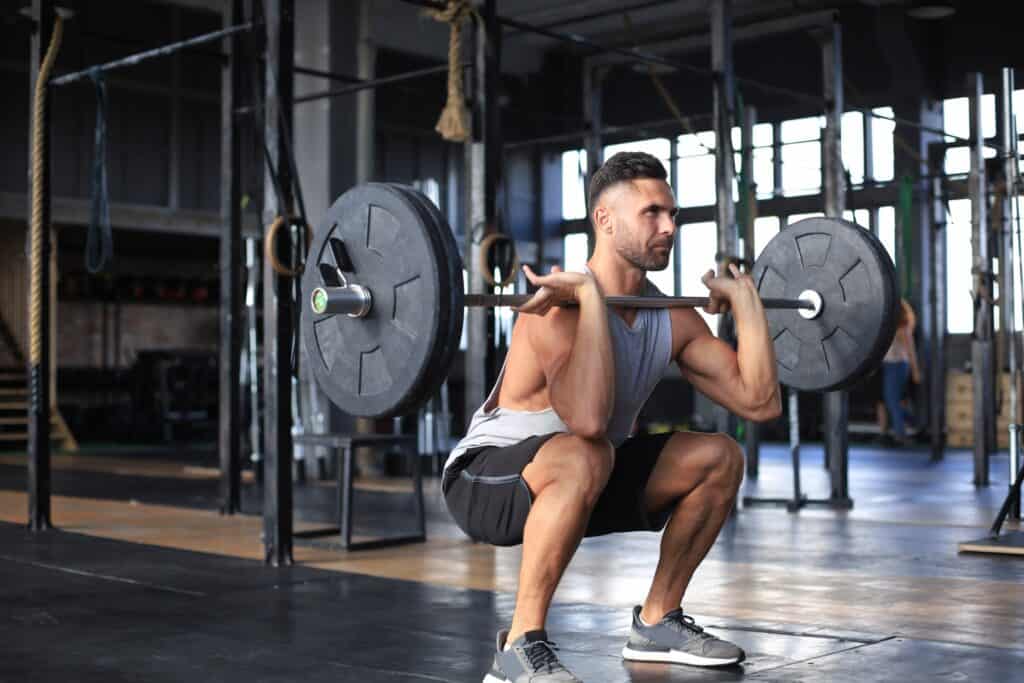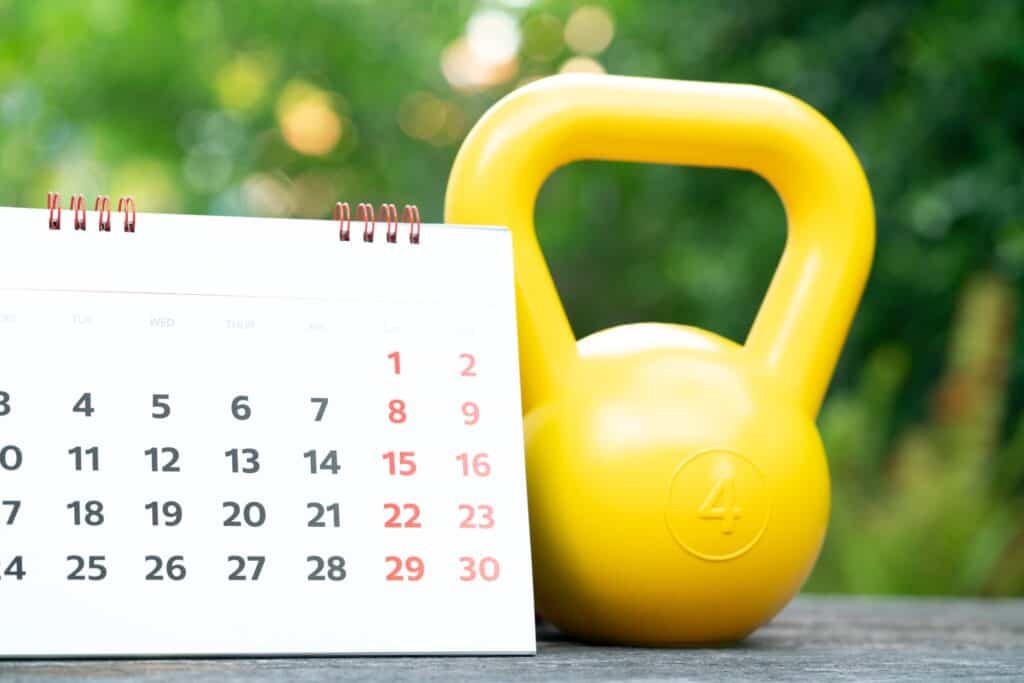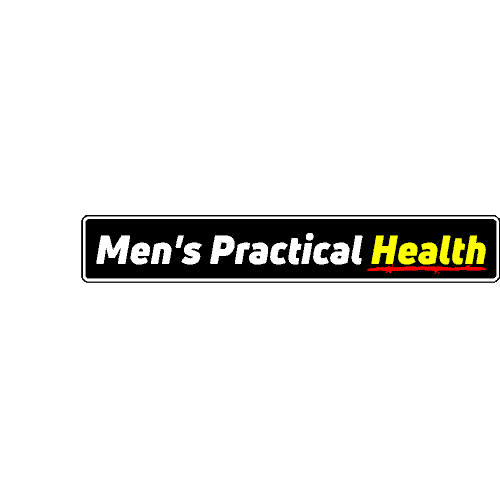Alright, guys, let’s cut to the chase. If you’re here, it’s because you’re ready to up your fitness game, build muscle, and sculpt the body you’ve been dreaming about.
Whether you’re a gym newbie trying to figure out what workout split to do or a seasoned vet who feels stuck in a rut. Organising your workout routine is crucial.
So, today, we’re diving into a popular training method – the upper and lower body split.
Now, I get it. You’ve heard about the endless debate over which split is the best:
- Bro splits
- Push-pull legs (PPL)
- Full-body
But the upper-lower split? It’s got some serious benefits that might make this workout split the one for you.
What is an Upper and Lower Body Split Workout?
This Upper-Body and lower-body split is exactly what it sounds like. Dividing your workout days into upper-body and lower-body workouts.
One day, you’re hammering your chest, back, shoulders, and arms. The next day, you’re torching your quads, hamstrings, glutes, and calves. Then, you recover and repeat.
Is upper body lower body split effective?

If you’ve ever found yourself Googling, “Is the upper lower body workout effective?”—short answer: Yes. But let’s break it down.
Why does this work so well?
It boils down to split workouts focusing on specific muscle groups. This gives them time to recover properly while you still get to train other body parts. Enabling you to train at least four times a week.
The upper and lower body workout also prevents overuse injuries. Instead of hitting the same body part too frequently (hello, sore chest), you give each major muscle group the time it needs to grow and recover.
Remember, your muscles grow when they rest, not while you’re pushing the limits at the gym.
Pros and cons of an upper-lower body split

As with all workout splits, there are advantages and disadvantages. So, let’s take a look at the pros and cons of the upper-lower workout split.
Pros
- The split is simple
- The upper body is not suffering from fatigue through leg exercises
- More frequent training of at least four weekly training sessions
- Can easily fit into a busy schedule
Cons
- Upper body and lower body might not recover at the same rate
- Training all upper body in one training session might be too much for bigger and stronger men
- Some muscle groups in the upper body will recover faster than others
Allow me to expand on a few of these points.
The upper and lower body workout is the most straightforward weight training split. It can easily fit into any busy schedule, as it involves working on the upper body one day and the lower body parts another day.
[Expand on the cons and how they are not that big of a deal for the average Joe]
Can I do upper body and lower body on the same day?
Absolutely. You can train both upper body and lower body on the same day. This can be extremely efficient, especially if you’re short on time.
I have trained the full body in one day while using the upper-lower workout split many times. When using this workout schedule, I get up early to hit the gym before work and again after work.
Now, many people thought I was mad having two workouts in one day. I think a few thought I was addicted to the place. However, the biggest reason for training this way was a shortage of time during the day.
There have been times when I’ve not had a full hour and fifteen minutes to train in one go. But I did have thirty-five minutes in the morning and thirty-five in the afternoon.
So, by having a short training session in the morning and again in the afternoon, I was able to train the full body in one day using the upper-lower split.
This training program led to some excellent muscle hypertrophy results. Simply because I was able to train either the lower or upper body muscle groups with less fatigue than a full-body workout routine.
Now, there are downsides to this, as with any other training program. For example, if you have a hard labour job, then your body might not be able to recover enough for the second training session.
If you train the leg muscles in the morning, your central nervous system might still be a little fatigued going into the afternoon training session. This might affect the upper body workout with how much force you can utilise.
To overcome this, it’s a good idea to start with the lower body one morning and the upper body in the next training session. This will ensure that both body parts have a day when you train specific muscle groups while being fresh. Not fatigued from a previous workout.
Can you do a 6-day upper-lower split?

It is possible to do a six-day upper and lower body weekly training split, although I wouldn’t recommend this workout routine. Why?
Well, for the average person who has to fit family life and work around trying to get into or stay in shape will find the six day workout schedule extremely difficult.
Now the reason is, there’s not a lot of time to recover between sessions. This can lead to overtraining and eventually injury or feeling sore joints.
On the flip side, guys chasing more advanced goals, like competitive bodybuilding or simply wanting to see what your body is truly capable of and you’re young with plenty of time during the day to help your body recover, then a six day lower upper body split may be fine.
Just keep in mind, with this much volume, you will need to reduce the workout intensity. This will help you to reduce fatigue levels so that those muscle groups can recover for the next session.
If you do end up overtraining, it makes it harder for muscle growth.
How To Create an Effective Upper-Lower Split Workout Plan

Let’s be honest; any workout split isn’t a one-size-fits-all deal. But that’s fine! You can tailor the training program to your goals. Whether you’re gunning for muscle mass, fat loss, or just trying to maintain, this split is a good option.
The standard version looks like this:
- Day 1: Upper Body
- Day 2: Lower Body
- Day 3: Rest
- Day 4: Upper Body
- Day 5: Lower Body
- Day 6 & 7: Rest or Active Recovery
This four-day split is simple but effective. It allows for adequate training frequency without burning out, and the extra rest days can be used for some light cardio.
Oh! And don’t underestimate the importance of rest days. These are just as crucial to your progress as the days in the gym. After all, rest days are when muscle growth happens.
I always encourage people to adapt their workout plan to fit their personal life and goals. Everyone has a different amount of time that they can spend in the gym and how many days. You also will have different fitness goals that you’re aiming for.
So, whatever workout split you start with, I recommend eventually tinkering with it and making it work better for your situation.
The example given earlier is a great starting point for anyone just getting started. As you progress, you will need to think about the following things to adapt the workout plan.
- How much time do you have to train
- How many days of the week do you have available
- What muscle groups are a priority
When you know the answer to each of these questions, you can start to plan and structure your workout sessions appropriately.
Click here (coming soon) for a FREE five-day upper-lower split workout routine for great results?
For the days when you’re training the entire upper body, include some of these exercises:
- Bench press
- Bent-over rows
- Chest fly’s
- Cable row
- Incline press
- Pull-ups
- Lat pulldown
- Decline sit-ups
- Hanging leg raisers
The biceps and triceps are constantly being worked throughout. But by all means, add a few bicep and tricep exercises in there as you progress or have more time.
On the days when you train your entire lower body, include some of the following leg exercises:
- Barbel squat
- Deadlifts
- Standing calf raisers
- Dumbbell lunges
- Machine hamstring curl
- Leg extension
- Hack squat
For both upper and lower body sessions, whatever order you do these exercises in, make sure to swap them around to prioritise different muscle groups.
The Final Word
The upper and lower split is a great way to hit each muscle group hard without overtraining. It’s a great workout routine for beginners to start with and for advanced lifters to develop the workout split to enhance progress.
You’ll build a well-rounded physique, avoid imbalances, and see progress. Whether you’re looking to bulk up, slim down, or get stronger, this split can be the key to reaching your fitness goals.
Take this guide, hit the gym, and start sculpting. You’ve got this!
Just remember to keep the balance, stay consistent, and give each training session 100%. You’ll be rocking that new physique before you know it!
Frequently Asked Questions
How often should I train each muscle group?
While there is no perfect number to get the best results, try and hit each muscle group 2-3 times per week.
What is the best exercise for building muscle?
Compound movements in the form of squats, bench presses, and deadlifts are effective for the most efficient ways of building muscle.


